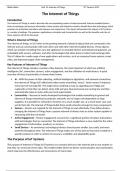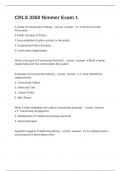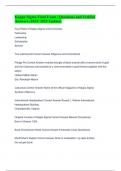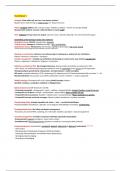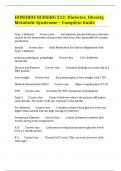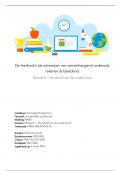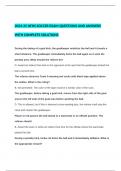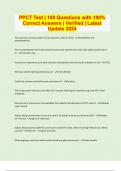Dissertation
Unit 19: The Internet of Things Assignment 1 (Learning Aim A) DISTINCTION
- Cours
- Établissement
UNIT 19 THE INTERNET OF THINGS, COVERS ALL CRITERIA. DISTINCTION LEVEL ASSIGNMENT. LEARNING AIM A - Examine systems and services that form part of the Internet of Things. A.P1 - Describe the purpose and application of IoT systems and/or services from different sectors. A.P2 - Explain the...
[Montrer plus]
